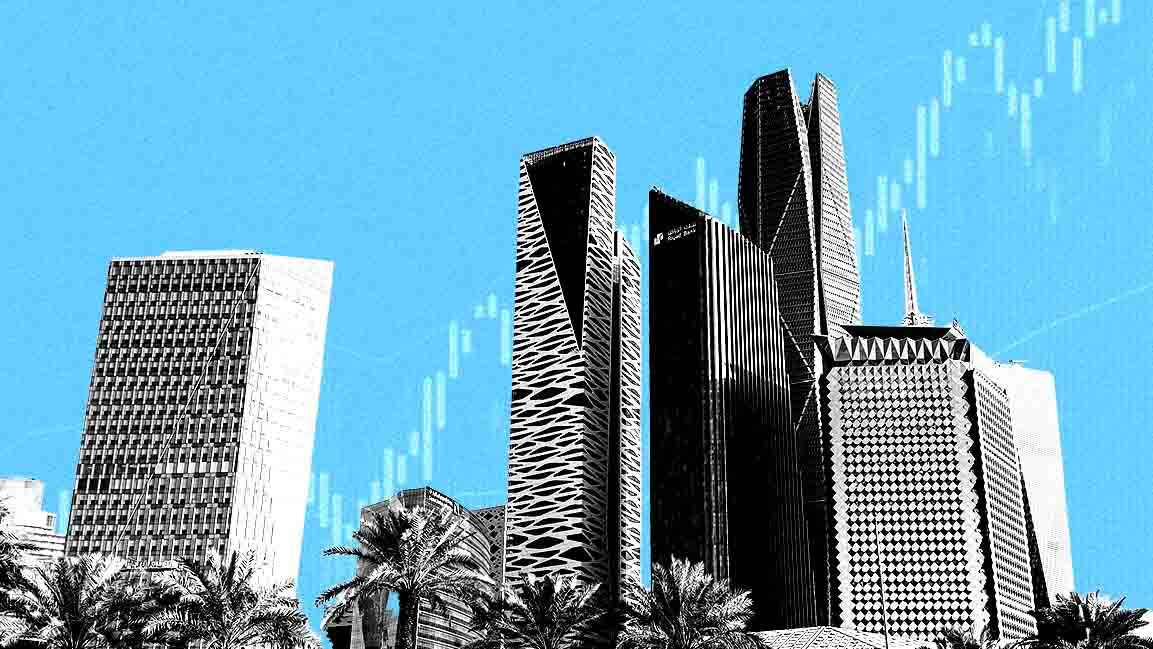In recent years, the Gulf Cooperation Council (GCC) countries — including Saudi Arabia, the UAE, Qatar, Kuwait, Bahrain, and Oman — have been known for their wealth generated from oil and gas. But now, these nations are making a big change. Their sovereign wealth funds, which manage billions of dollars, are starting to invest heavily in green energy and clean technology.
This shift is not just a trend. It shows a strong commitment to the future — a future where the Gulf is not just rich in oil, but also a leader in sustainable energy.
What Are Sovereign Wealth Funds?
Sovereign wealth funds (SWFs) are government-owned investment funds. They are used to manage and grow the wealth of a country, often built from surplus revenues such as oil exports. These funds are usually long-term investors and hold assets around the world, including stocks, real estate, bonds, and now, renewable energy.
In the GCC, some of the most powerful SWFs include:
- Saudi Arabia’s Public Investment Fund (PIF)
- Abu Dhabi Investment Authority (ADIA)
- Mubadala Investment Company (UAE)
- Qatar Investment Authority (QIA)
- Kuwait Investment Authority (KIA)
Together, these funds manage trillions of dollars. And now, they are starting to use this power to push forward the global green energy transition.
Why the Gulf Is Turning to Green Energy

There are several key reasons why GCC sovereign wealth funds are increasing their investments in green energy.
1. Diversification of income:
Oil and gas are still big earners, but prices can rise and fall quickly. By investing in renewable energy, the Gulf countries hope to reduce their dependence on oil and build more stable, long-term income sources.
2. Meeting climate goals:
The GCC countries have joined global efforts to fight climate change. Saudi Arabia and the UAE, for example, have both announced net-zero targets — Saudi by 2060 and the UAE by 2050. Investing in clean energy helps them move toward those goals.
3. Supporting national vision strategies:
Many GCC countries have long-term national plans. For example, Saudi Arabia’s Vision 2030 and the UAE’s Energy Strategy 2050 both include major clean energy targets. The sovereign wealth funds are helping to finance and support these strategies.
4. Seizing global opportunity:
Green energy is booming. Solar, wind, and hydrogen projects are growing fast worldwide. By investing now, the Gulf’s sovereign wealth funds can benefit from the rising global demand for clean power.
Major Green Projects Funded by GCC SWFs
Some of the investments made by Gulf sovereign wealth funds are already making headlines.
Saudi Arabia’s PIF is leading several green projects within the Kingdom. The most notable is NEOM, a $500 billion futuristic city powered by 100% renewable energy. Within NEOM, the Green Hydrogen Project, developed in partnership with international companies, is expected to be the world’s largest hydrogen production facility.
The UAE’s Mubadala has also taken big steps in clean energy through Masdar, its renewable energy arm. Masdar has investments in solar, wind, and green hydrogen projects across more than 40 countries, including the UK, the US, and Australia.
Qatar Investment Authority has recently announced plans to increase its share in sustainable investments, with a focus on technology and infrastructure that support the energy transition.
Kuwait Investment Authority is also moving toward cleaner investments, though at a slower pace. It is exploring opportunities in environmental, social, and governance (ESG)-focused funds and companies involved in solar power.
Global Partnerships and Acquisitions

GCC sovereign wealth funds are not only funding green projects at home — they’re also investing abroad. This helps them access new technology, markets, and expertise.
In 2022, Abu Dhabi’s ADQ and Mubadala teamed up with global partners to invest in European solar and wind energy companies. Mubadala also acquired a large stake in Sunstream, a US-based solar company.
Saudi Arabia’s PIF has formed partnerships with international firms to build electric vehicles (EVs), battery production facilities, and smart energy solutions. One of its investments includes Lucid Motors, a US-based EV company.
These global partnerships give GCC funds the chance to lead, not just follow, in the green energy space.
Green Hydrogen: A New Priority
One of the most exciting areas for investment is green hydrogen — a clean fuel made using renewable electricity. It has huge potential to power industries, vehicles, and even homes.
Saudi Arabia is aiming to become a top global exporter of green hydrogen. Its partnership with ACWA Power and Air Products to build a massive hydrogen plant in NEOM is expected to be operational by 2026.
The UAE and Oman are also moving quickly. Oman, through its Hydrom initiative, plans to become a hub for green hydrogen production and export. The UAE is exploring ways to integrate hydrogen into its power systems and transport.
Risks and Challenges
While the move toward green energy is positive, it comes with challenges.
- Market uncertainty: Renewable energy technologies are still developing. Some may take years to become profitable.
- Political pressure: Shifting away from oil can create tensions at home, especially if it affects jobs or the economy.
- Global competition: Other countries like China, the US, and Europe are also investing heavily in clean energy. The Gulf must stay competitive to lead the market.
However, many experts believe the benefits outweigh the risks — especially for countries that can afford to make long-term bets.
The Road Ahead
The shift by GCC sovereign wealth funds toward green energy is more than just a trend — it’s a strategic move that aligns with global goals, national visions, and economic reality. As oil-rich nations invest in solar, wind, hydrogen, and electric mobility, they are preparing for a more balanced and sustainable future.
Also read: OPEC+ Decides to Limit Oil Output Growth Until 2025



